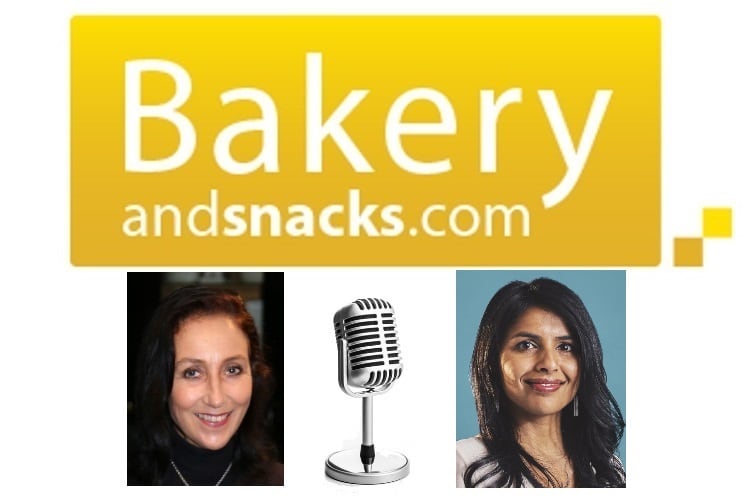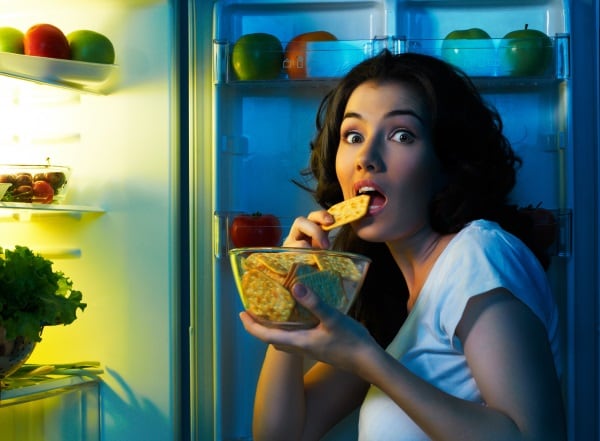
Experiential marketing gives people something tangible, something they can experience beyond the supermarket aisle or their online shopping basket.
Initiatives like Nibble Snacks’ mobile store have brought variety and samples to customers when they were out at their local high street or shopping centre. Many brands, both established names and less familiar newcomers, appear at festivals or target commuters at busy train stations - a large portion of work I’ve done with snacking clients has been rooted in this sort of activity.
But with coronavirus putting an end to pretty much all of this, snacking brands are required to flex their experiential budget. Because even as lockdown starts to ease worldwide, the way customers interact with the outside world will change quite considerably. And that includes how they see your brand.
Stay outside - even if you’re ‘allowed’ to take it inside
A few years back, HeyHuman worked with BelVita on an all-singing, all-dancing interactive musical pop-up at key London train stations, including Waterloo. It featured a yellow grand piano and plenty of physical interaction with commuters, with samples on offer.
Given the lack of commuters over the past few months, plus the health and safety nightmare it would conjure, this would not be a wise move today. Even if we did find a way to execute the campaign within Waterloo, why would we? The public are naturally cautious and won’t be as receptive in that environment - even if we stressed the health and safety credentials of the entire operation.
Crowded spaces were once a staple for experiential, but it will take time for customers to adjust - and even trust - close-quarters interaction. So in the interim, we’re given space to reimagine experiential.
How does a snacking brand do experiential in a socially distanced context?
Some brands have made the most of plans changing - Emily Crisps’ amusing OOH media, purchased late last year and scheduled for Easter, did well to adapt - but to carry themselves beyond that initial buzz, they need to fit into the pandemic context.
Think back to the aforementioned BelVita campaign - that could work just as well as a socially distanced street campaign, hitting commuter towns rather than rain stations, and displaying discount codes rather than offering physical samples.
Stay local and build meaningful relationships
As we’re slowly given more options as restrictions lift, it’s not as if the fear from the pandemic has suddenly disappeared. When you have places like Leicester going back into lockdown, it proves somewhat sobering: even if most of us have been following the guidelines, what if that happens to us next?
As such, a fear of large crowds and big cities will linger - even if we’re told we can do things, it doesn’t mean that we will.
To approach this, snacking brands could consider smaller, community-led events and activations that offer a richer connection with the customer. Coming to their hometown and putting on something engaging is one way to kick-start brand activity again.
Street displays, web content, social media campaigns, stunts involving local monuments or locations - it all feeds into the idea that your brand is available and willing to flex for customers during these odd times. Once things do return to normal - whatever that may look like - then your snack brand will be given more consideration when people are out shopping. Some dismiss the idea of customer sentiment and brand loyalty, but when it comes down to it, you’re going to remember and trust a brand that made the effort to come to you and do something fun.
Stay relevant by staying safe
Traditional sampling isn’t the ‘be all and end all’ of the snacking experience, and it’s going to have to budge. Because hygiene trumps everything now. If you offered the same samples to the same people, in the same place, in the same area, before and after the pandemic, you’ll get significantly less pickup in the latter scenario.
So think of how brands could safely offer samples - perhaps it’s time the door drop had a full-scale reunion tour. With delivery services like Deliveroo working closely with supermarkets and a whole host of other retailers during the pandemic, there are ample opportunities for snacking brands to ensure their products and messages reach people where it matters most at the moment: in the safety of their own homes.
There is no roadmap. There is no certified right or wrong way to approach what comes next. But by bumping hygiene up the agenda, taking public sentiment to heart and really planning activity that will last for the long-haul - campaigns that are relevant beyond the pandemic - snacking brands can craft experiences people won’t forget in a hurry.





